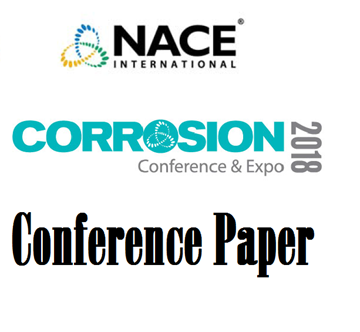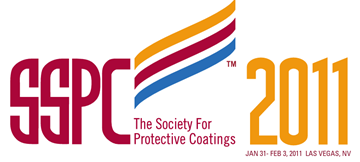Search
Products tagged with 'life extension'
View as
Sort by
Display
per page
51317--9642-Ageing Subsea Pipelines External Corrosion Management
Product Number:
51317--9642-SG
ISBN:
9642 2017 CP
Publication Date:
2017
$20.00
51318-10859-Examination of Methods for Reinforced Concrete Steel Corrosion Remediation and Structure Life Extesi
Product Number:
51318-10859-SG
Publication Date:
2018
$20.00
Concrete Repair: The Ultimate Sustainability
Product Number:
41211-611-SG
Publication Date:
2011
$20.00
EPRI’S Approach To Longer Term Operations
Product Number:
ED22-17191-SG
Publication Date:
2022
$20.00
Leveraging Risk Insights For Aging Management At Nuclear Power Plants
Product Number:
ED22-17189-SG
Publication Date:
2022
$20.00





